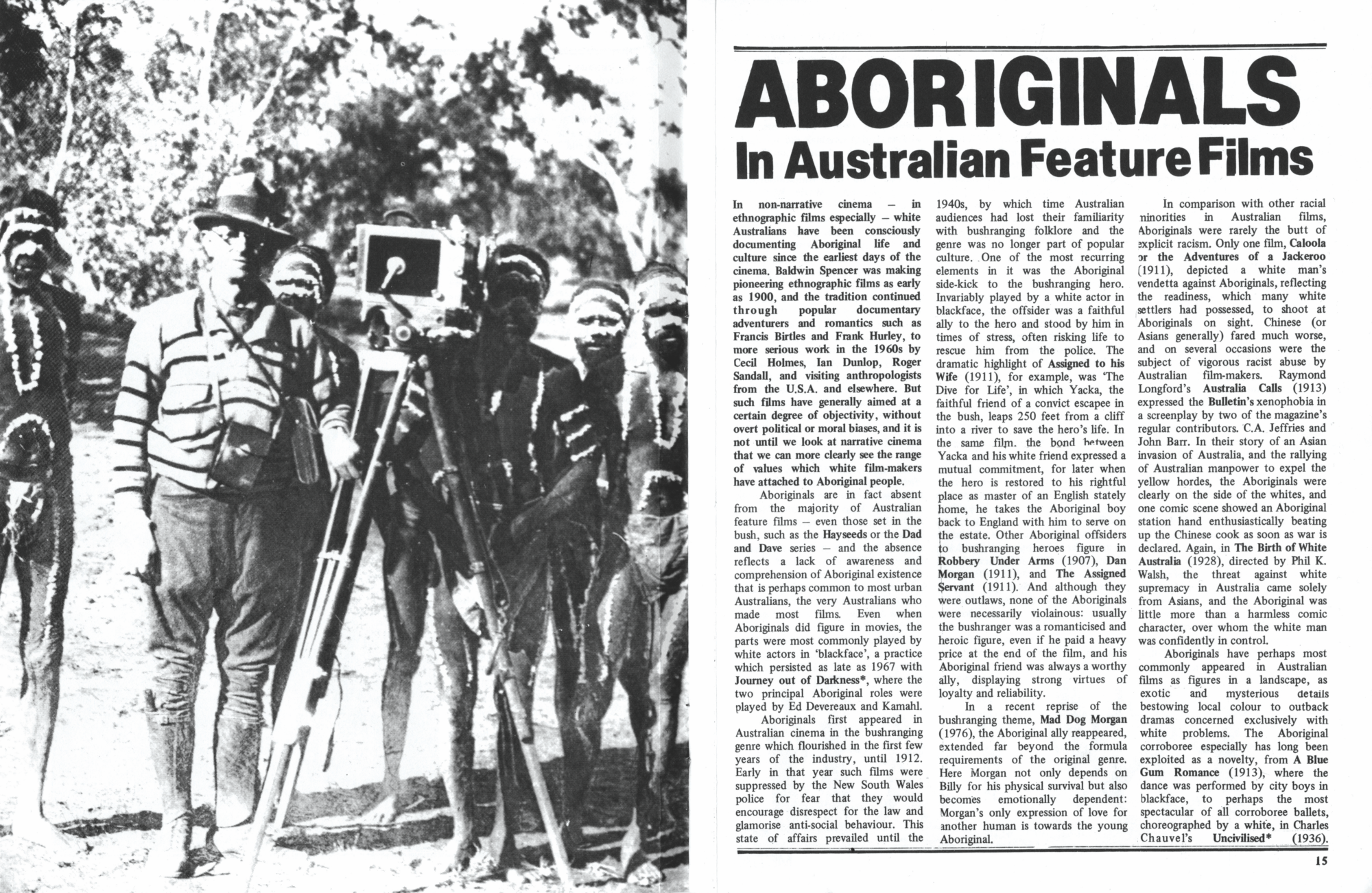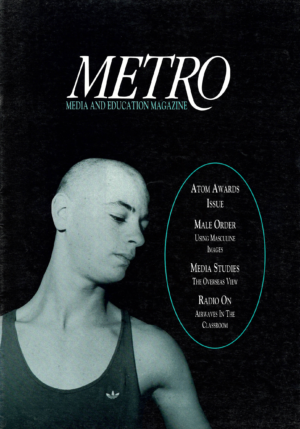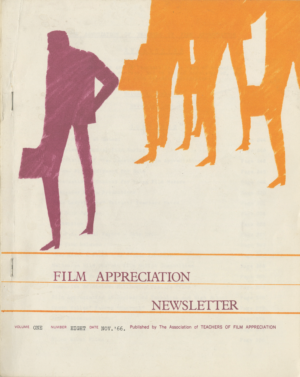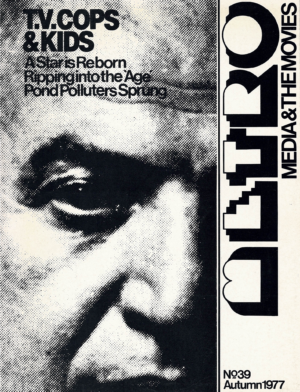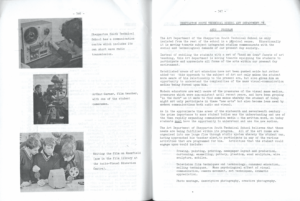Australian Indigenous cinema has come a long way over the past sixty years, and there are multiple factors behind the transformation. These include the emergence of immense creative and technical talent, education, recognition, institutional support and funding, and various forms of critical discourse, discussion and support. The history of mainstream recognition and the popularisation of Indigenous cinemas is one yet to be written, but it is safe to say that the work done by Metro over some forty years has been instrumental in promoting, discussing and celebrating the incredible achievements in this field.
Indigenous cinematic representations have moved from an absence in Australian feature films (save for a few trustworthy sidekicks of bushranging heroes), to, now, continually dominating the awards roster at a range of major international film festivals. Indigenous cinema has not just come of age – it dominates Australian cinematic representations abroad. Naturally, critical commentary, analysis and reviews have grown alongside these developments. As we celebrate Metro’s 200th issue, it is worth examining the role of critical commentary in shaping policy, popular perceptions, education and mainstream views, and how that has positioned Indigenous cinema politically and culturally.
A plausible assumption sitting behind the warm glow of contemporary achievements would be to expect that material written in the 1970s and 1980s – before the glorious illumination of such scholars as Marcia Langton, Ross Gibson, Jane Jacobs and many others –was, at best, naive or, at worst, bigoted in its representation of Indigenous actors and stories. Sadly, I can take little pleasure in exposing the foibles of the past in cinema writings. In my investigation into the last 200 issues of Metro, I can only critique the journal for a lack of early recognition and more rigorous pursuit of locally produced material such as the TV skit show Basically Black and Nigel Buesst’s university-slacker boxing drama Come Out Fighting – both of which came out in 1973 – or, indeed, Walkabout (Nicolas Roeg, 1971). Storm Boy (Henri Safran, 1976), at least, received some prominent attention in 1977 as a cover story, albeit approached from an educational standpoint (M40). Similarly, with the benefit of hindsight, we could criticise the journal for not pre-empting the huge new wave of Indigenous cinemas; however, by the late 1990s, Metro was regularly shaping critical and policy debates around Indigenous representation. In celebration of this special issue, I would like to briefly revisit some highlights and examine our industry’s trajectory and oscillations in examining Indigenous cinemas.
Arguably the first true long-form critical essay on Indigenous representations in Australian cinema was one written in 1977 by Andrew Pike for Meanjin, subsequently reprinted the year after in issue 44 of Metro. A measured and detailed overview of the politics of erasing Aboriginal characters from feature films – even those set in the bush – it argued that ‘the absence reflects a lack of awareness and comprehension of Aboriginal existence that is perhaps common to most urban Australians’. The article offered a largely ethnographic survey of fiction films featuring Indigenous characters from their first appearances in the bushranging genre until 1912, and posited an explanation for Aboriginal characters’ absence, particularly through prolific director Ken G Hall, who, as Pike put it, ‘was unable to make them credible as villains for Australian audiences’ (M44). This latter point is worth pondering given what we now know of the frontier wars and state-sponsored massacres.
Writing in 1988, Jo Dougal and Rod Lucas presented a lucid account of the history of stereotypes, the power of colonially controlled images and then-new opportunities for Indigenous representations. ‘The burgeoning of Aboriginal history, autobiography, visual arts, video and film can be seen, in part, as a move to regain control of those things which seek to present themselves as “Aboriginal”,’ they argued. Aboriginal creatives ‘are seeking to establish Aboriginal voices, Aboriginal images and Aboriginal viewpoints different from those (mostly non-Aboriginal) which have sought to represent them in the past’ (M77). Dougal and Lucas captured that moment of transformation when Indigenous artists began to wrest control over their own image production and dissemination.
By the 2000s, much had changed at Metro in terms of the regularity and engagement of its writings on Indigenous cinema, with greater focus put on individual films that were ‘unashamedly populist while still managing to be tongue-in-cheek political’ (M164). An influential 2002 paper by Dave Palmer and Garry Gillard highlighted the power of ambivalence in reshaping representations of Indigenous people by ‘constantly threaten[ing] to make non-Aboriginal endorsement of colonialism unsteady. The presence of [Aboriginal Australians] in film problematizes the position, the national consciousness and identities of settler Australians’ (M134). These instances of ambivalence in Australian cinema, they argued, transforms our way of seeing and our sense of home.
Reflecting on the sustained success of Indigenous films at the box office and at prestigious film festivals around the world, celebrated filmmaker Rachel Perkins struck a conciliatory and pragmatic tone in a 2010 interview with The Sydney Morning Herald’s Jim Schembri: ‘I’ve always thought that Indigenous films could cross over into the mainstream and that it was the content that was making them not do that […] Cinema is about entertainment’. The challenges for Metro into the future are to maintain the critical and educational interest in Indigenous cinemas that it has thus far encouraged, and to introduce new voices and engage new audiences. Above all, it must continue reminding readers that Indigenous cinema has always been inseparable from our broader understanding of Australian cinema.
